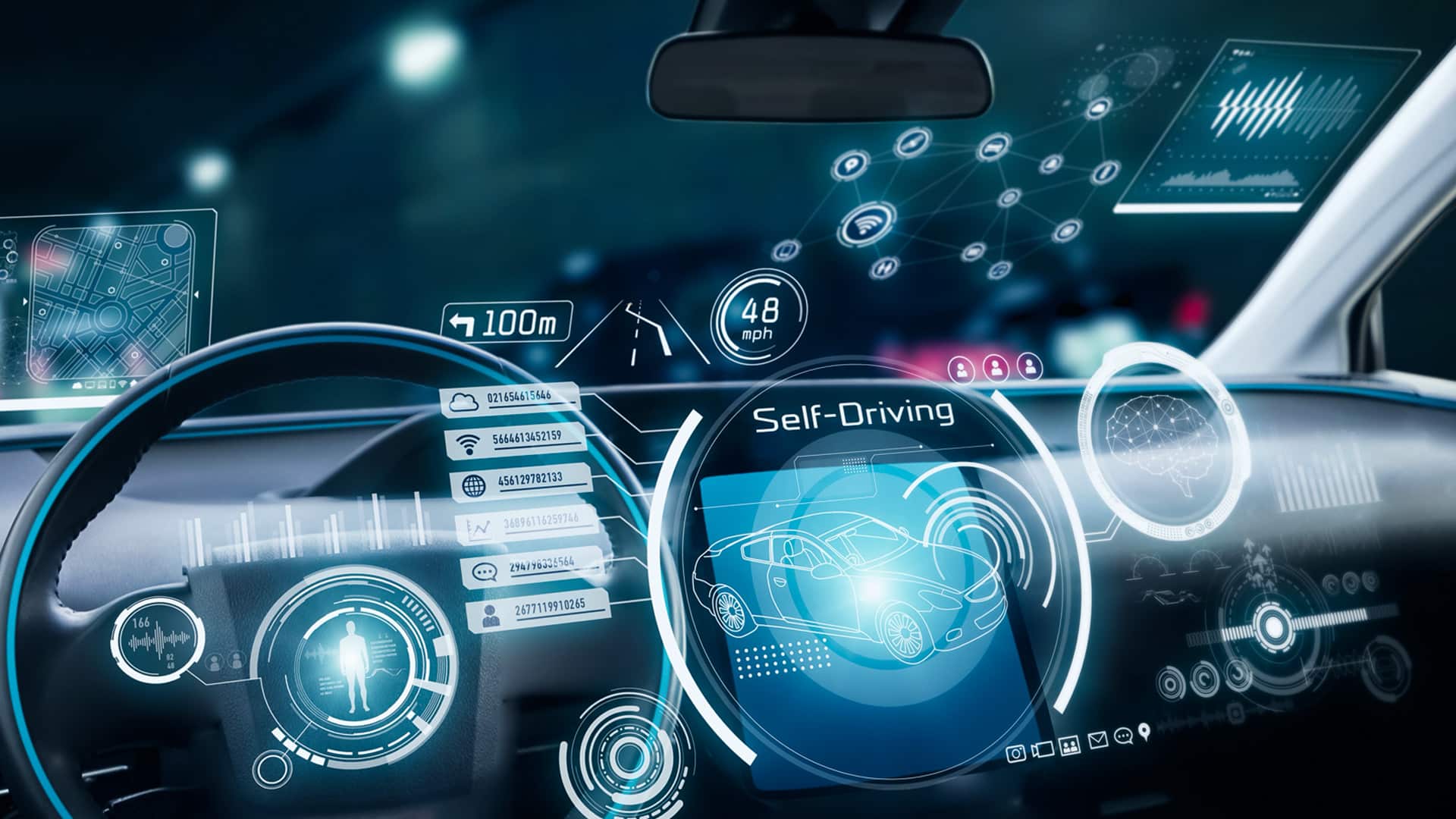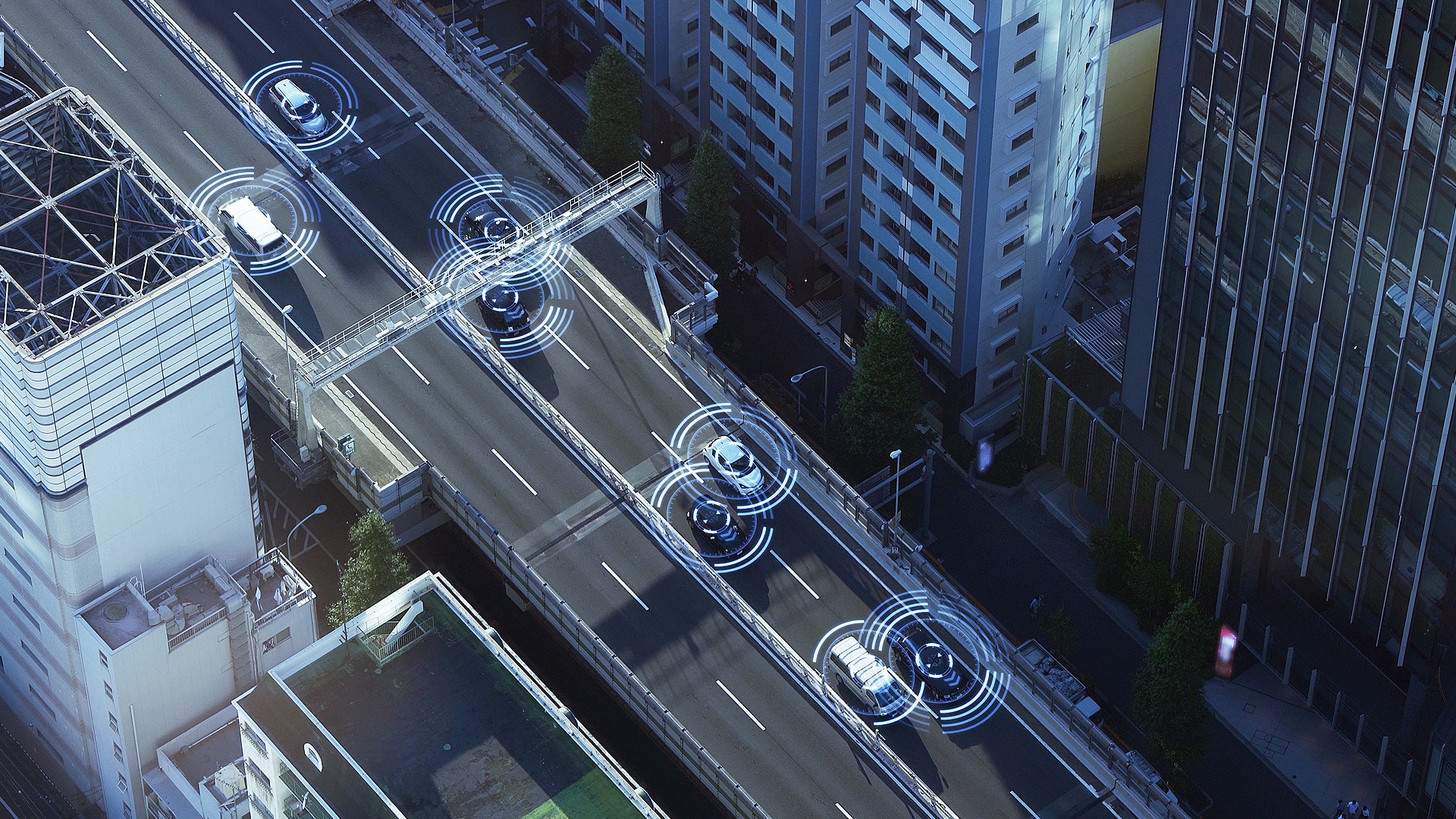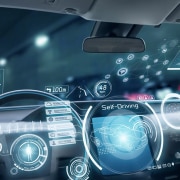Unlocking the Potential of ADAS in Enhancing Road Safety

What is ADAS: The Future of Driving
Overview
Innovative technology like Advanced Driver Assistance Systems (ADAS) improves vehicle safety and comfort. ADAS relies on radar, lidar, and cameras to continually scan the vehicle’s surroundings. These sensors feed processors, which use complicated algorithms to make real-time driver assistance choices. For example, Automatic Emergency Braking (AEB) systems can detect crashes quicker than humans and brake to avoid or lessen them.
Lane-keeping Assist (LKA) employs cameras to track road lines and actively adjust steering to maintain the vehicle in its lane. The ADAS system in cars with telematics also increases safety. It creates a networked traffic ecosystem so that cars interact for better road safety.
The Evolution of ADAS
ADAS progress shows an unceasing pursuit of road fatality decline and driver ease. ADAS has matured from basic functions, including ABS and cruise control, to a suite of safety and relief features. AI and ML render ADAS applications more predictive and adaptive.
For instance, adaptive cruise control now adjusts the vehicle’s speed to traffic flow. Pedestrian detection systems also use a set of rules to sense amblers in poor light and brake. Remember, augmenting ADAS safety in core driving settings, including frequency and average loss, may help save 50% of road traffic fatalities by 2030. Automatic parking assist and traffic jam assist moderate driver stress and tiredness for a better driving experience.
How ADAS Applications Enhance Vehicle Safety and Operation

Let’s know how the ADAS system in cars boosts safety and operation with core components.
Blind Spot Detection
Blind Spot Detection (BSD) tracks hard-to-see portions of the vehicle to dodge lane change accidents. When another vehicle is near the blind spot, BSD systems notify drivers with visual, audio, or tactile cues employing radar or cameras at high speeds on highways. Note that BSD could cut lane-change calamities by 14%, which indicates its worth in traffic safety.
Autonomous Parking Assist
Autonomous Parking Assist (APA) uses sensors and cameras to steer the car into a parking place without driver involvement. It lowers stress and accident risk. The technology can park the automobile parallel or perpendicularly, sparing time and effort. According to research, the Buick Lucerne’s rear parking sensor feature can cut backing collision rates by 34%.
Lane Departure Warning
Lane Departure Warning (LDW) alerts drivers when their vehicle drifts out of its lane without a turn signal. It helps preserve lane discipline. LDW systems minimize side-swipe and off-road accidents by using cameras to monitor road markers and provide audible, visual, or haptic feedback to the driver. Along these lines, a safety study shows that LDW technology decreases single-vehicle, side-swipe, and head-on collisions by 11%.
Adaptive Front Lighting System
The Adaptive Front Lighting System (AFLS) adjusts lighting direction and range based on speed, steering input, and road elevation for better nighttime vision. This dynamic adjustment increases light around bends and slopes while decreasing nighttime accidents. Notably, headlights with acceptable or marginal ratings lower accident rates by 10%.
Adaptive Cruise Control (ACC)
Adaptive Cruise Control (ACC) automatically adjusts the car’s speed to traffic conditions to keep a safe following distance. ACC uses radar and cameras to slow or accelerate the vehicle for better driver comfort and lower rear-end accidents. In the interim, ACC market penetration of 100% might reduce fatalities by 5.48% and injuries by 4.91%.
Driver Monitoring System
The Driver Monitoring System (DMS) uses face recognition and steering pattern tracking to identify drowsiness and avoid accidents. If inattention is detected, the system warns the driver to focus or take a break. DMS is key for long-distance travel when driver weariness is a risk factor. Research demonstrates that from three years before to three years after the in-vehicle monitoring system, vehicle collisions dropped 60% and cost 86% less.
ADAS Applications in Modern Driving
Enhancing Driver Safety
ADAS diminishes driver error, which is the leading cause of vehicle accidents. ADAS applications avoid accidents by providing real-time help rather than passive warnings via advanced monitoring and intervention. The key to ADAS is its capacity to anticipate dangers and take preventative measures while minimizing human interaction. Meanwhile, statistical evaluations show that the ADAS system in cars had fewer accidents caused by typical driving errors, including delayed reflexes to rapid traffic changes or missed road signs.
Reducing Traffic Accidents
The ADAS system in cars has decreased traffic accidents. Research and statistical analyses show that ADAS reduces collision incidence and severity. By combining forward collision alarms and automated emergency braking, ADAS could cut rear-end collisions by 20–45%. AAA Foundation estimates that ADAS solutions might save 8,000 deaths yearly. It indicates that ADAS may save lives and reduce traffic accident costs. Worldwide ADAS applications might reduce traffic accidents for safer roads for drivers, passengers, and pedestrians.
FIC’s ADAS Solutions
With cutting-edge electronics and ultrasonic, radar, lidar, and video sensors, FIC’s ADAS systems improve automobile safety. These systems can detect fluid surroundings and objects via blind spot detection, autonomous parking assist, lane departure warning, and forward collision warning. They provide coverage around the car at several frequencies in variable light and weather situations. It boosts driving safety and opens the road for autonomous driving. Explore further how the ADAS system in cars from FIC enhances automotive safety.





